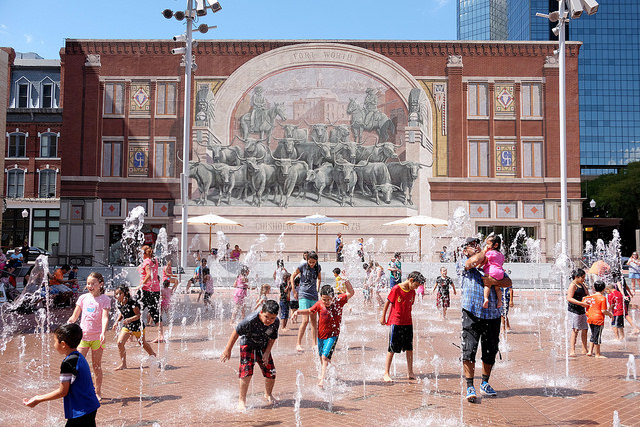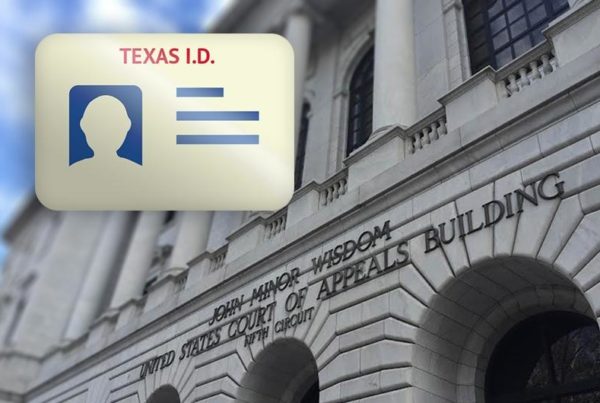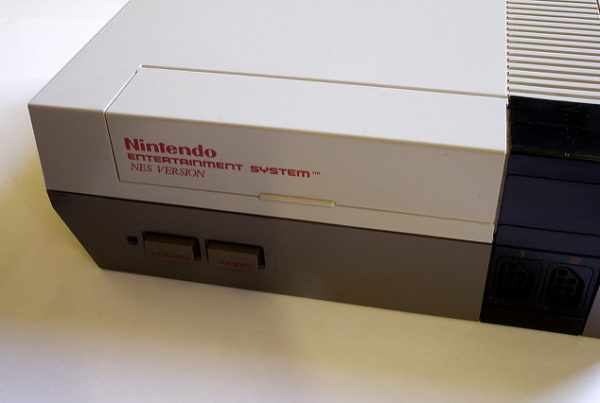In the late 1800s, Fort Worth was a favorite stop for rowdy cowboys returning from driving cattle along the Chisholm Trail. Think Butch Cassidy and the Sundance Kid. With money in their pockets, they caroused in an area that came to be known as “Hell’s Half Acre,” filled with saloons, gambling halls and other establishments with shady reputations.
In the early 1900s, civilizing influences in Fort Worth and beyond took hold, and the worst excesses of the Old West were tamed. But by the late 1970s, it wasn’t a place most people wanted to spend their evenings. After 5 p.m., businesses shuttered and the streets were deserted.
Enter the prominent Bass Family. They led the effort to transform their hometown’s city center, starting with a major hotel – now the Renaissance Worthington. Building by building and block by block, they purchased, refurbished and repurposed it all. Fort Worth now has one of the largest privately-held downtown sectors in the country. Known today as Sundance Square – in honor of its colorful history.
The transformation has been 30 years in the making. The most recently completed feature is a 55,000-square-foot centerpiece plaza. It’s a gathering place for locals and tourists alike and features a performance stage, huge retractable umbrellas, and fountains, flanked by an eye-catching mural that depicts the cattle drives of yesteryear.
Today, Sundance Square encompasses 35 city blocks, featuring turn-of-the-century buildings and brick-lined streets filled with restaurants, entertainment, and retail. Performing arts venues include the architecturally significant Bass Performance Hall, Circle Theatre, and Jubilee Theatre – North Texas’ original African-American theatre company.
















